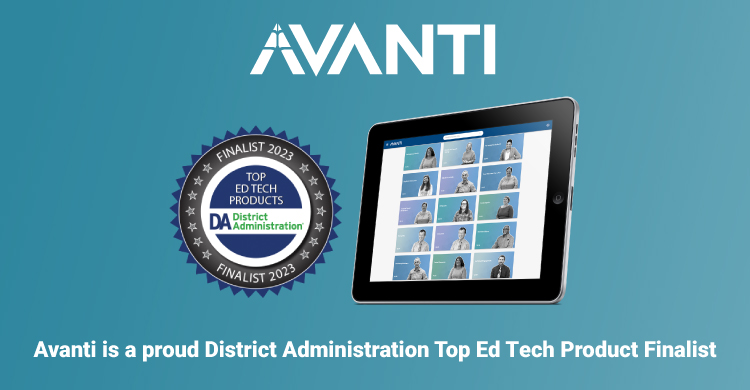This is the fifth post in a series on student-led, small-group discussions. To read the other posts, see “Small Groups, Big Discussions.” The series explores the challenges to effective small-group discussions and how to address them.
Have you ever listened to a small-group discussion and didn’t recognize the topic? When students first engage in discussions on their own, they sometimes veer off topic and don’t know how to bring the conversation back. This is a common challenge that can be addressed by ensuring discussion-worthy topics are considered, setting appropriate time limits, and offering supports that will help when discussions get sidetracked.
Select Discussion-Worthy Topics
Students need important and enough content to talk about during their discussions. They need to know how to begin a discussion with a talk-worthy question or prompt. At first, the teacher can generate a question to get the discussion started. Shortly after the students have had some practice with talking together on their own in small groups of four to six members, they should generate their own thought-provoking question or idea to get the discussion started.
Consider this example of a ninth-grade social studies class studying immigration. The teacher has provided background knowledge through a series of four short mini-lessons, leading up to the day he has planned for discussion. Each day, students have been given some time to research and read about one of eight topics that meets their interest.
On the discussion day, the teacher begins with a short mini-lesson about sidetracked conversations. Then the students are released to engage in their discussion on the topics they have studied. One group begins with the question, “What are the advantages and disadvantages of establishing immigration restrictions from just a few select countries?”
Another group begins with the query, “Some families are in this country illegally. What should the US do with these families once they enter our country illegally?”
A third group has studied a different aspect of immigration and begins with the question, “How does the way we treat immigrants and guests of the US impact how our citizens are treated when they visit other countries?”
By the teacher providing background knowledge and time to research, read, and study, students are ready to create talk-worthy prompts and begin their discussions. Because students have been given choice in the subtopics of immigration, they have buy-in before they start their conversations and have read information that will help them engage and contribute to their discussions.
Set Time Limits
Small-group, student-led discussions can range from twenty to thirty minutes once students have some experience under their belts. When they first begin the process, short conversations of five to ten minutes might be all the time they can handle with a topic. Keeping the conversation going will be difficult at first, because of the lack of their own preparation and their personal experience of asking good questions.
Once they show they can handle staying on topic for short periods of time, the periods can be extended to a standard amount of time that will be used regularly. This standardization helps students with pacing their dialogue to include a strong beginning, followed by a healthy, robust exchange of ideas and a final summary that includes their reflection of things that went well, and ideas for improvement.
Provide Supports
Students need to know what it looks and sounds like when a conversation veers off topic and how to bring it back. Often, teachers show a video of a strong discussion. Then students list attributes of the things the students did in the video clip while they engaged in meaningful dialogue. Together with the teacher, students can create a second posting of things they can do to regulate sidetracking and get back on the road. This list should include broad ideas and examples to provide the support students need to apply these ideas in their conversations.
Students should be able to identify when something doesn’t fit the topic. Rather than just sitting idly without intervening or adding a comment to propel the sidetracking deeper, they should be equipped with sentence stems, or talk prompts that will help them get back on track. Some examples of these talk prompts are:
- I don’t see how that idea relates to our topic. Can you help me make the connection?
- How does that idea relate to our topic?
- Our topic is ____. What other ideas do we have about this topic?
When students begin their discussion-worthy topic with a thought-provoking query, have the appropriate amount of time, and are equipped with prompts to use when a topic veers off track, the likelihood of their conversations staying on course increases.
Next time, I answer the question, “What can I do in fall to establish classroom rituals and routines that lead to more student talk?” Look for the blog post on August 31!
Sandi Novak, an education consultant, has served as an assistant superintendent, principal, curriculum and professional development director, and teacher. She has authored three books: Deep Discourse: A Framework for Cultivating Student-Led Discussions (Solution Tree, 2016), Literacy Unleashed (ASCD, 2016), and Student-Led Discussions (ASCD, 2014). She also authored the Online ASCD PD Course, Building a Schoolwide Independent Reading Culture, as well as journal articles and blogs. Visit Sandi’s website, join her professional LinkedIn community, or send her a tweet @snovak91335.
[author_bio id=”1117″]







